Soccer Players: The Challenge of Keeping Hydrated
Youth soccer news: Dehydration in youth soccer is a real issue and one that needs attention especially in the hot summer months.
Can you be dehydrated and not know it? Absolutely. How much should you drink to stay hydrated? Are there differences among the drinks you can use to keep hydrated? Here are some of the answers you need to know.
Players are at risk of dehydration — and there are simple steps to take which can help to prevent it.
These are just a few of the questions athletes ask when the conversation turns to hydration and performance. For many young kids, dehydration can be a real issue, even if they are not as active as youth soccer players but for elite athletes playing in the hot sun, this can be a real threat.
And, remember that the risk of heat-related problems is greater when competing in a long youth soccer tournament than when playing in a weekend match.
Prevention is the key. Drink water.
Everyone knows that being dehydrated is not a good thing, but few understand that there are different types as well as levels of hydration.
Terms such as “electrolytes” and “carbohydrates” have become quite familiar, but did you know there are different types of electrolytes that have different roles in keeping you healthy?
To begin with, you need to understand that there are three basic levels of hydration: hypertonic, isotonic and hypotonic.
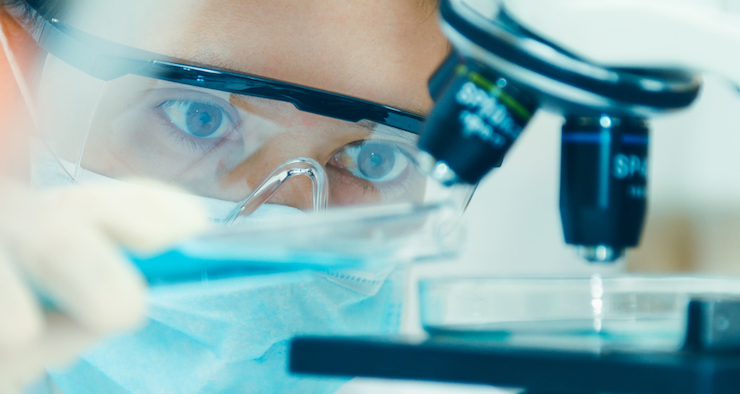
Without getting too scientific, basically hypertonic means that your body does not have enough fluid and is dehydrated, which we know can lead to serious problems.
Hypotonic is the opposite, when your body is over-hydrated, which can also cause major problems.
Did you ever hear of “water intoxication”? Think of isotonic as the Baby Bear level, when your hydration is “just right.” They key is keeping your body in that “just right” range as much as possible while you are active.
Now that we have the levels down, did you know that there are two different types of hydration: intracellular and extracellular.
The “intra” means “inside” – in other words, this is the level of hydration inside something. That “something” happens to be your cells – you know the building blocks of your body. According to scientific studies, 70% of the fluid in your body is found inside your cells, at the intracellular level. Another 20% of the fluid is in three compartments outside the cells – the extracellular level.1
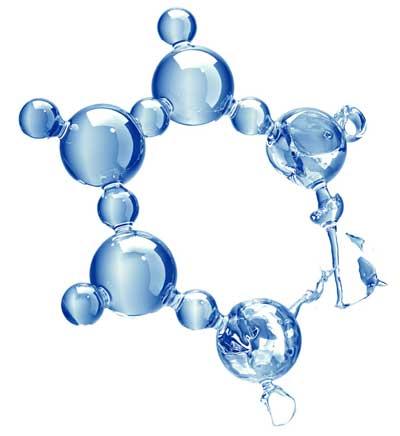
This is important because it is the fluid inside your cells that help with recovery after exercise. As your cells absorb water (cellular hydration) there is an increase in what is called “anabolic” action, which is where recovery can take place.
On the other hand, when the cells become dehydrated a “catabolic” reaction takes place that can lead to problems such as muscle wasting, inflammation, and other body degeneration.
So can you just drink extra water to replace the fluids lost during exercise? Most people will say, “no” because they have heard all about those important electrolytes that you lose when you work out. But there is another reason that water alone may not be the best choice for a heavy activity.
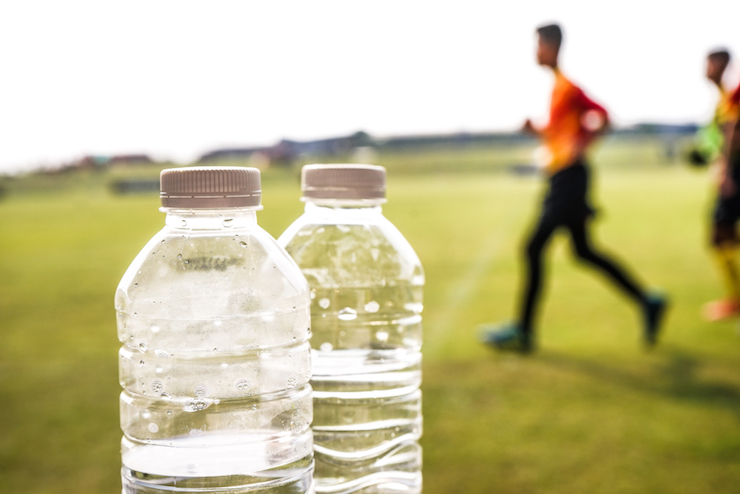
First, water is absorbed rather slowly by the body because of those electrolytes, which ordinary water does not have. Second, most of the water absorbed goes into those extracellular spaces instead of the intracellular where it is most needed. Again, this has to do with electrolytes.
The typical “sports diet” is loaded with electrolytes.
If we know that water alone will not always do the trick, how do those electrolytes help solve the problem?
Back to the science, the way electrolytes work is by creating something called ions — these are particles with a very, very tiny electrical charge, and these ions are what help move fluid in and out of the cells.
Ions also help control functions such as muscle contraction and the transmission of nerve impulses – both very important to keep your body going.
Good, then all we have to do is dump a bunch of electrolytes into the water, right?
Well, it isn’t quite as simple as that – it never is.
Here we run into the problem that not all electrolytes are created equal.
 Different electrolytes have different roles to play in the complex process of hydration. There are three primary electrolytes involved here: sodium, potassium, and magnesium. Which ones should we use? How much of each should we use? Again, science comes to the rescue.
Different electrolytes have different roles to play in the complex process of hydration. There are three primary electrolytes involved here: sodium, potassium, and magnesium. Which ones should we use? How much of each should we use? Again, science comes to the rescue.
Let’s look at sodium, first. Yes, sodium, as in good old-fashioned table salt (technically sodium-chloride or NaCl), but not in that form. We’re talking about just the sodium, which it turns out is a major player in the creation of extracellular ions.
Remember that “extra” – these are ions that function outside the cells. Sodium is very important in maintaining an overall proper water balance in the body, keeping your blood pH at the proper level, and helping to control muscle spasms and cramps.
It is also is one of the nutrients lost when you sweat due to exercise.
Sodium is also the most-included electrolyte in traditional sports drinks. And here is where we run into problems. If you remember, sodium works outside the cells, so it draws water out of the cells and into that extracellular area.
Did you ever pour salt on a snail or slug when you were young? Gross, but the same idea.
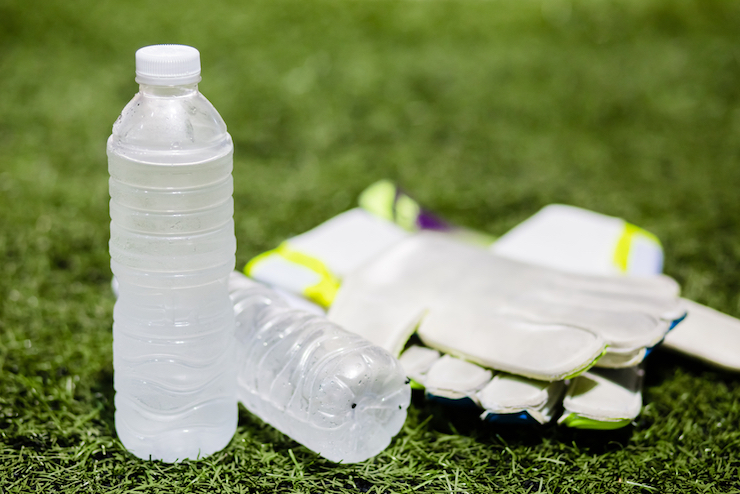 But where do we want the fluid for the best chance of recovery from exercise? Right, inside the cells. That is where our next electrolyte, potassium, comes in.
But where do we want the fluid for the best chance of recovery from exercise? Right, inside the cells. That is where our next electrolyte, potassium, comes in.
Potassium is the powerhouse when it comes to intracellular ion activity – in other words, getting fluid into the cells where it can do the most good. In fact, to do the best job there needs to be more potassium than sodium to keep the balance right and keep fluid moving into the cells instead of out. In fact, much of what your cells do is affected by the amount of potassium available.
Proper muscle contraction, normal heart rhythm, and stable blood pressure all depend on potassium. And since our bodies can’t store or make potassium, we need to get it from somewhere. This is why bananas are so good for you – they are loaded with potassium.
Now we come to our last electrolyte, magnesium. This may be the most underrated of the three and the least known.
Magnesium is needed for almost all chemical reactions in the cell, including cell metabolism and enzyme activity (which literally keep you going). Having the correct balance of magnesium is also vital to keeping your muscles working properly.
The problem? Many sports drinks have absolutely no magnesium at all.

So now we have our answer, right? Water with a correct balance of electrolytes. Again, not quite.
While this is better than plain water alone, there are other elements involved here.
These other elements include protein, carbohydrates, vitamins and minerals, and amino acids. All of these would be too much to go into here, so let’s just look at protein and carbohydrates.
When we exercise we don’t just lose water and electrolytes, we burn calories which need to be replaced with protein and carbohydrates. I know, some people can afford to burn more calories than others, but your body does not always burn them from the places we want.
In certain types of activity, your body will pull from the muscles instead of fat storage, and we need to replace that energy or risk muscle problems.
This is why having the right balance and the right types of protein and carbohydrates is so important. Now here is another problem with many sports drinks, or rather two problems.

First, many sports drinks do not include protein. Second, many of them have the wrong type of carbohydrate – sugar.
Did you know that some have as much as 36 grams of sugar in a bottle?
True, they generally say a bottle is somewhere around 2.5 servings, but how many people just drink one serving of a sports drink? How many times have you seen some athlete chug an entire bottle in one shot, either on the pitch or in a commercial?
So now we have a general formula for a good hydration solution: the proper ratio of sodium and potassium, a helping of magnesium, a good balance of protein and the right type of carbohydrates, and a dash of vitamins, minerals, and amino acids.
The goal of this article is not to recommend any particular drink, be it water, sports drink or something else.
The goal is to help you realize the importance of staying hydrated when playing soccer and to help you make more informed decisions — especially when you are looking for something to help you stay properly hydrated.
And, keep in mind, the body might lose some electrolytes with sweat, but it does not usually become depleted except in extreme situations.
Remember the advice to drink 8 glasses a day? That is for people not playong soccer in the hot weather.
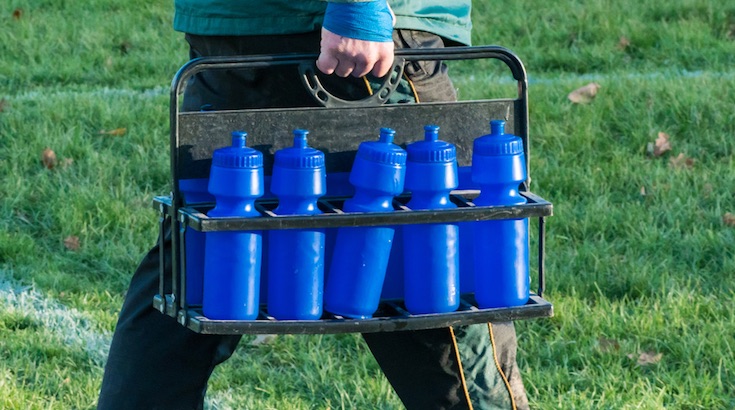
More information on dehydration





